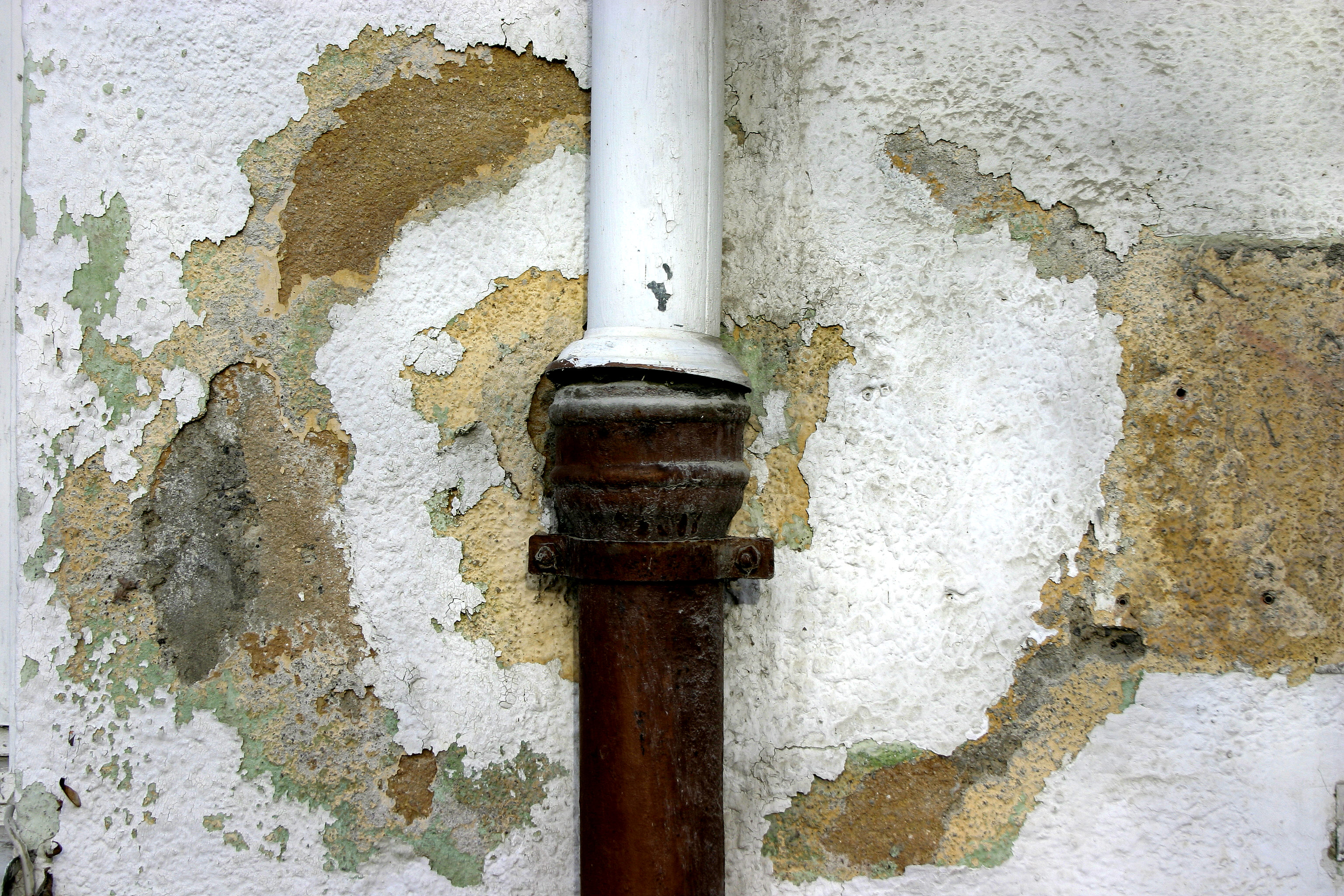Were you searching for facts and techniques about What You Can Do At Home To Prevent Fire And Water Damage?
Water offers life, water intrusion on parts where it's not intended to be can result in damage. If the water saturates right into your structure, it can peel away surface areas and also erode the foundation. Mold and mildew and also mold additionally thrive in a damp environment, which can be dangerous for your health and wellness. Houses with water damage odor mildewy as well as old.
Water can originate from lots of sources such as hurricanes, floodings, ruptured pipes, leakages, as well as sewer problems. In case you experience water damage, it would certainly be great to recognize some security precautions. Below are a few standards on exactly how to handle water damage.
Do Prioritize House Insurance Coverage Coverage
Water damages from flooding as a result of heavy winds is seasonal. You can additionally experience a sudden flood when a malfunctioning pipeline all of a sudden ruptures right into your residence. It would be best to have home insurance coverage that covers both disasters such as all-natural calamities, and emergencies like damaged plumbing.
Don't Fail To Remember to Shut Off Energies
In case of a calamity, specifically if you stay in a flood-prone location, it would certainly be advisable to turn off the major electric circuit. This removes power to your entire home, avoiding electrical shocks when water comes in as it is a conductor. Moreover, do not neglect to shut off the main water line shutoff. When floodwaters are high, furniture will walk around as well as cause damages. Having the main shutoff shut off stops further damages.
Do Remain Proactive and also Heed Weather Informs
Storm floods can be extremely uncertain. Remain aggressive and also ready if there is a history of flooding in your community. Pay attention to discharge cautions if you live near a river, lake, or creek . Get belongings from the ground floor and cellar, after that put them on the highest feasible degree. Doing so minimizes possible residential or commercial property damages.
Do Not Ignore the Roofing System
You can avoid rain damages if there are no openings as well as leaks in your roof. This will certainly stop water from streaming down your walls and also saturating your ceiling.
Do Take Note Of Small Leaks
A ruptured pipeline doesn't take place overnight. Usually, there are warnings that suggest you have actually deteriorated pipes in your house. You may see bubbling paint, peeling off wallpaper, water touches, water stains, or trickling sounds behind the walls. At some point, this pipe will rupture. Preferably, you should not wait on points to rise. Have your plumbing repaired before it results in enormous damages.
Do Not Panic in Case of a Ruptured Pipeline
When it comes to water damages, timing is key. Therefore, if a pipeline ruptureds in your residence, immediately shut off your main water valve to cut off the source. Call a credible water damages reconstruction specialist for assistance.
Water gives life, water intrusion on parts where it's not supposed to be can result in damage. Homes with water damage smell stuffy and also old.
Water damages from flood dues to heavy winds is seasonal. You might observe bubbling paint, peeling wallpaper, water touches, water discolorations, or leaking sounds behind the wall surfaces. When it comes to water damages, timing is essential.
Are Water Mitigation and Water Damage Restoration the Same Thing?
When are Water Mitigation Services Needed?
Water intrusion can come from small sources like a dishwasher leak or larger ones like rainwater causing inches of standing water in a basement. Other instances of damage that call for water mitigation services include:
Sewer backup, sump pump failure, or clogged toilets Toilet wax seal failure Shower pan corrosion Pipe leaks and ruptures Washer or icemaker line breaks HVAC drain line blockage A leaking roof Moisture behind walls Foundation cracks Mold Mold is a good example to illustrate how water mitigation works. We’ve often found that clients we do mold remediation services for had existing water damage issues that ended up leading to the mold damage. When performing water mitigation we look for what’s causing the water problem and for ways to stop mold before it multiplies and becomes a bigger concern.
Are You Currently Experiencing a Water Disaster?
If you’re in the middle of a water intrusion disaster, here are some important dos and don’ts to follow:
Don’ts:
Safety first! Do not enter a room with standing water until the electricity has been turned off! A regular household vacuum should never be used to pick up water. Never use electrical appliance if standing on a wet floor or carpet. Leave visible mold alone. Dos:
Call a water mitigation professional as soon as possible. Mold and other damage can begin within hours of a water intrusion. Mop and blot up as much water as possible. Remove non-attached floor coverings and mats but leave wall-to-wall carpeting removal to a pro. If there are window coverings like draperies that touch the water, loop them through a hanger and put them up on the rod. Remove wet cushions to dry and wipe down soaked furniture. Move valuables like paintings, photos, and art objects to a dry location. Books should be left tightly packed on shelves until it’s determined if they need specialized drying. Prop open closets, cabinets, and drawers to allow them to air out. https://cfrsfl.com/blog/are-water-mitigation-and-water-damage-restoration-the-same-thing/

As a person who reads about 5 Home Safety Tips To Reduce The Risk Of Fire And Water Damage, I think sharing that excerpt was appropriate. Sharing is caring. Helping others is fun. I cherish reading our article about Ways to Reduce The Risk Of Fire And Water Damage.